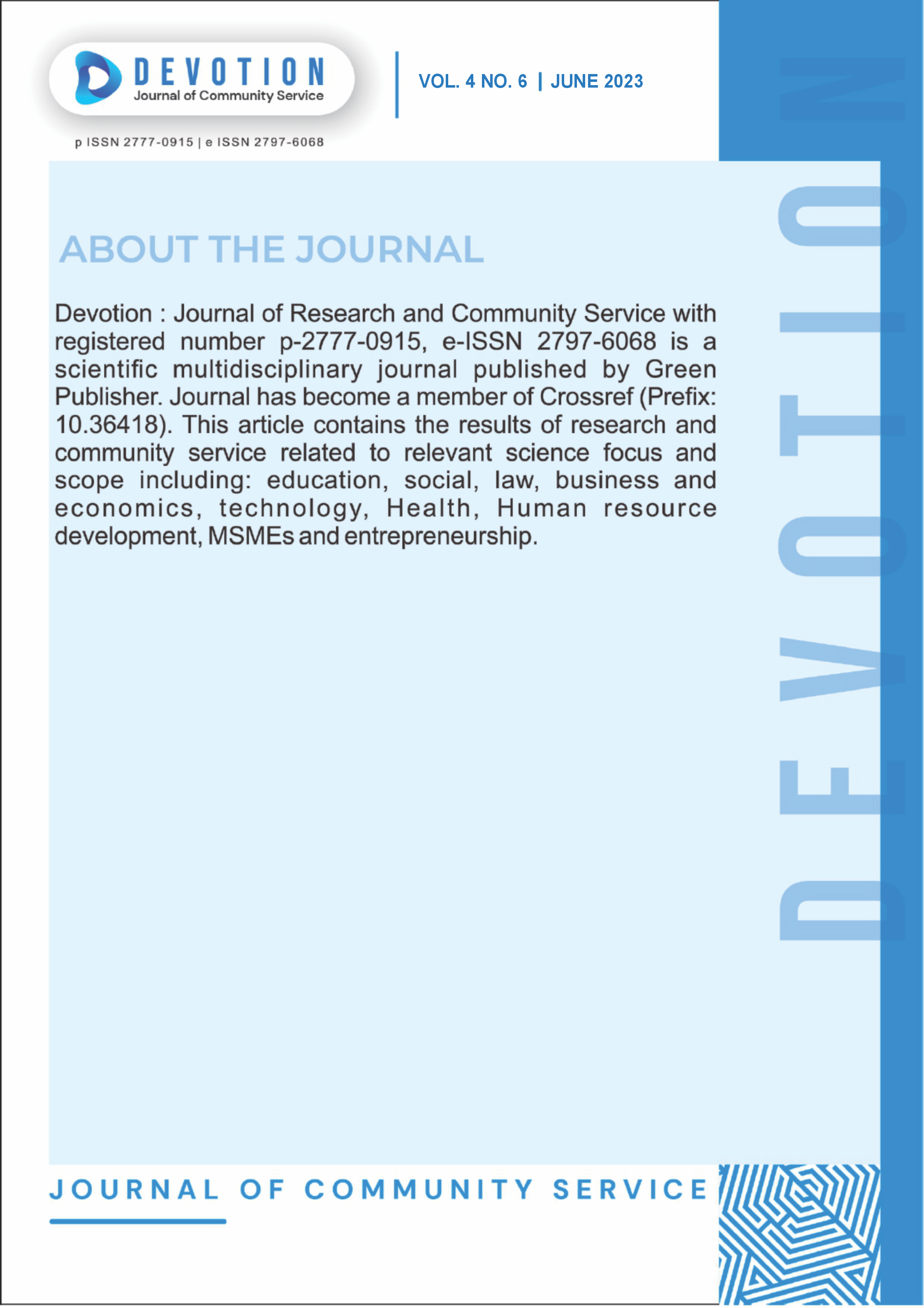The Cycle of Contention in Sekber Mobilization 65
DOI:
https://doi.org/10.59188/devotion.v4i6.484Keywords:
social movement; threat and opportunity; cycle of contention; Sekber 65Abstract
This study aims to analyze the cycle of contentions in the mobilization of the Sekber 65 movement by outlining strategies for utilizing threats and opportunities. Reform succeeded in driving the formation of a democratic narrative and the state's commitment to meeting the human rights needs of its citizens. Democracy influenced the emergence of various social movements and civil society organizations that consistently criticized the state. Various contentious actions responded to the increasing cases of human rights violations by the post-reform state. Sekber 65 is one of the social movements that emerged at the beginning of the reformation period to try to restore the reputation of the 65’s victims and demand protection of human rights from the state for them. The contentions relationship between Sekber 65 and the state analyzes using the theory of contentious politics in social movements from Sidney Tarrow's perspective, particularly in using threats and opportunities in the cycle of contentions. This research uses qualitative methods and a case study approach. This research obtained primary data sources through in-depth interviews with Sekber 65 officials. This study found that (1) Sekber 65 emerged from post-reform democratization opportunities and continues to face threats in the form of state rejection of 65’s victims. However, Sekber 65 seeks opportunities during this lifelong threat by mobilizing a broader movement. (2) Sekber 65 has the cycle of contentions stages, creating a demobilization movement.
Published
Issue
Section
License
Copyright (c) 2023 Khalis Asyifani

This work is licensed under a Creative Commons Attribution-ShareAlike 4.0 International License.
Authors who publish with this journal agree to the following terms:
- Authors retain copyright and grant the journal right of first publication with the work simultaneously licensed under a Creative Commons Attribution-ShareAlike 4.0 International. that allows others to share the work with an acknowledgement of the work's authorship and initial publication in this journal.
- Authors are able to enter into separate, additional contractual arrangements for the non-exclusive distribution of the journal's published version of the work (e.g., post it to an institutional repository or publish it in a book), with an acknowledgement of its initial publication in this journal.
- Authors are permitted and encouraged to post their work online (e.g., in institutional repositories or on their website) prior to and during the submission process, as it can lead to productive exchanges, as well as earlier and greater citation of published work.













